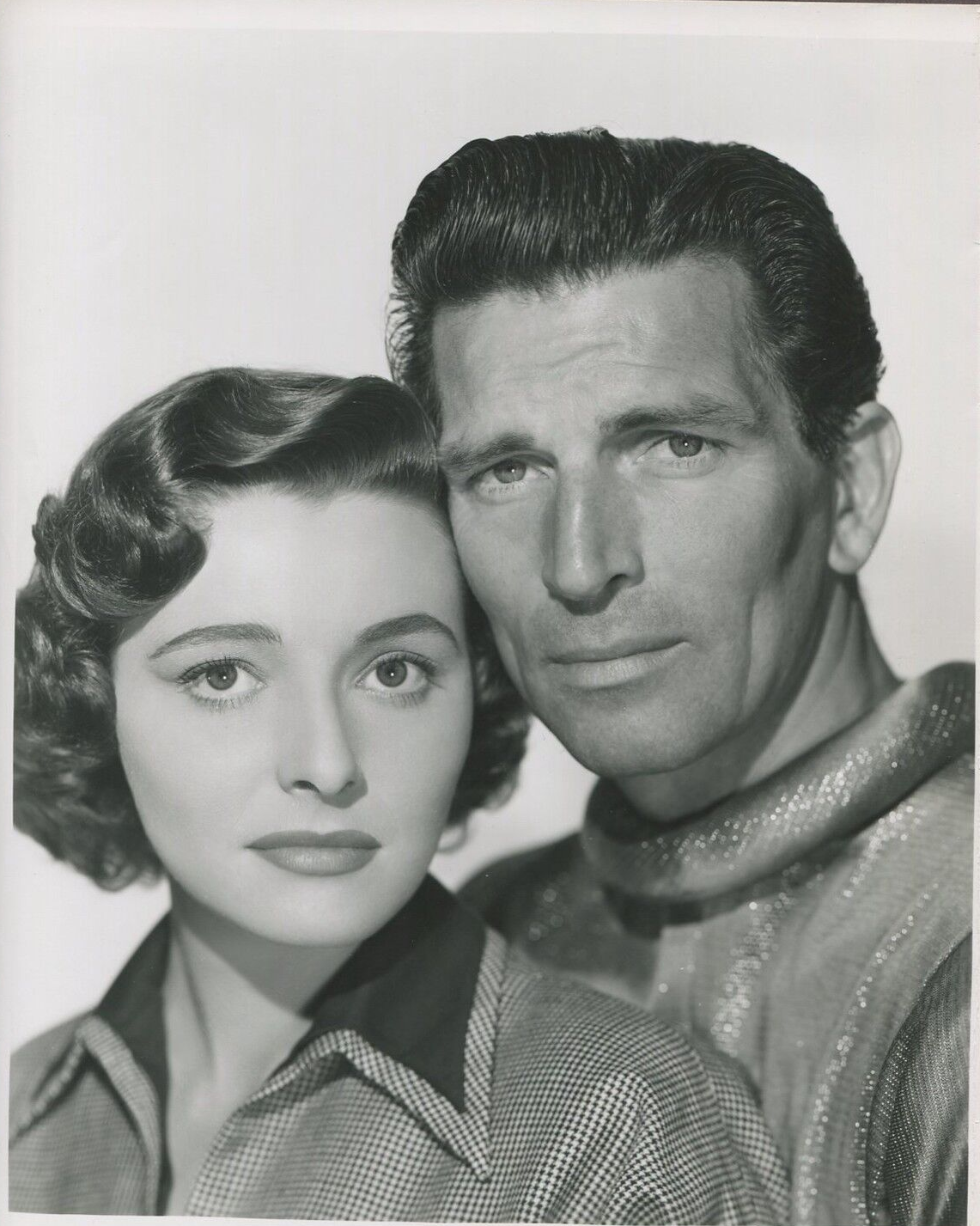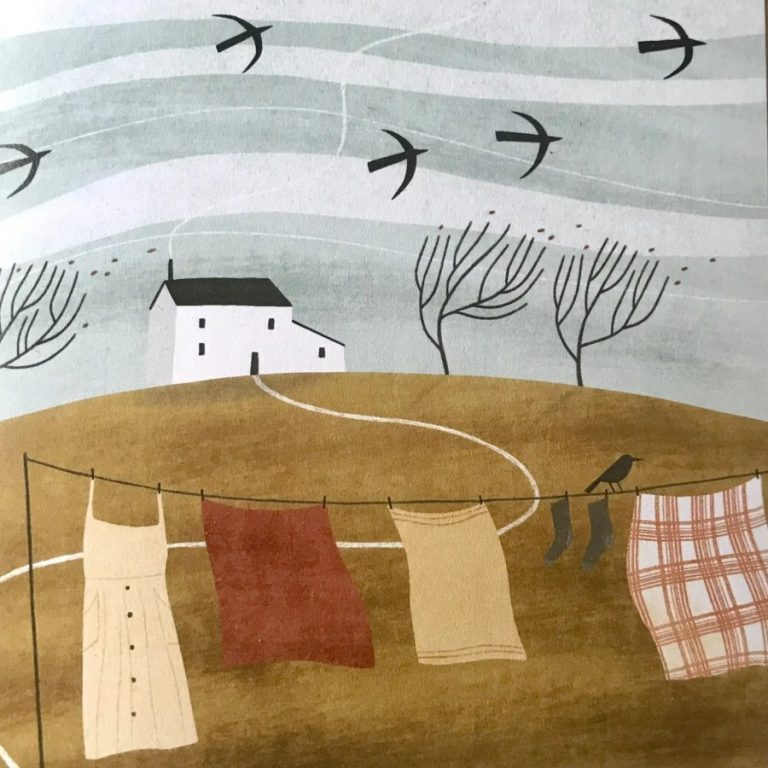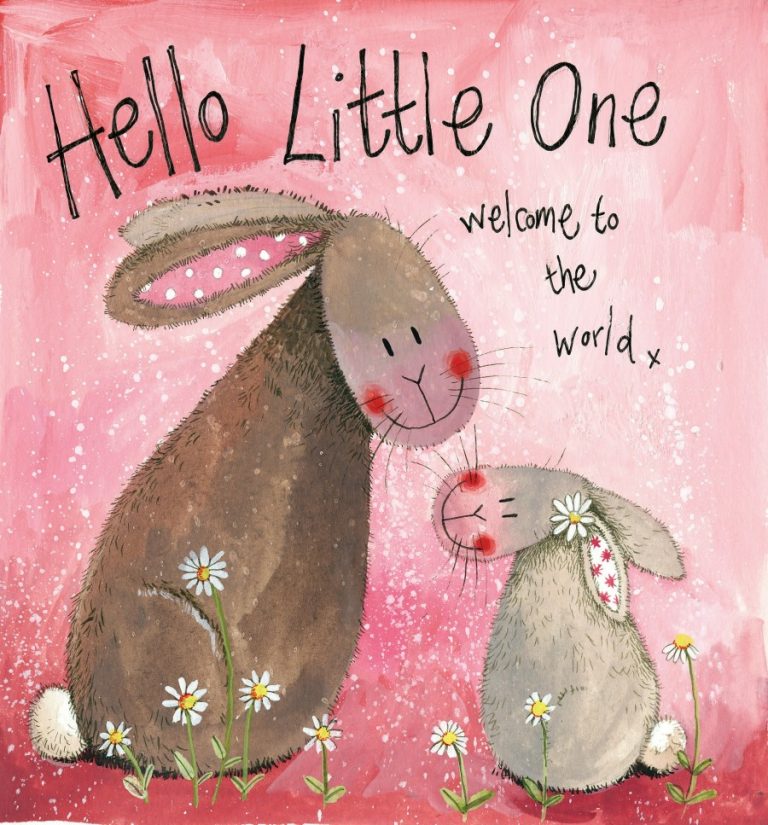
Roald Dahl stands out as one of the most beloved children’s authors, yet he rarely wrote what anyone would call a typical tale. He blended whimsy with the bizarre, spinning narratives where dreams and nightmares often share the same page. His characters don’t just eat chocolate or chat with giants – they face wild punishments and offbeat adults, always with a glimmer of hope and humour.
If you look closer, you’ll find some of his oddest stories owe their mood and magic to Dahl’s turbulent life. From painful loss to lasting friendships, the roots of his tales run deep.
Dahl was born in 1916 in the seaside town of Llandaff, Wales, to Norwegian parents. His father, Harald, ran a successful business, while his mother, Sofie, kept their home tied to Norwegian customs, speaking the language and attending a Norwegian church.
Dahl grew up surrounded by stories from Norse mythology and the old country, passed down by his mother during long, cosy evenings. He was named after the polar explorer Roald Amundsen, who disappeared on an Arctic expedition flight when he was 55.
Age 6 he and his mother travelled to the Lake District, as he was passionate about meeting his heroine Beatrix Potter, and he went on to write many books for children himself.
Roald fought boredom on family trips to Norway by dreaming up wild stories. After working for an oil company and flying planes for the Royal Air Force during World War II, he began to make a name for his storytelling.
Roald wrote in his garden shed, with HB pencils on yellow paper. And was a big friendly giant himself at 6ft 6in.
A bit like Enid Blyton, there is controversy over some of his Roald’s personal views. But likely nobody is perfect, and perhaps if alive now, his views would have shifted on certain topics. What we do know is that he instilled imagination and a love of storytelling in young minds.
I understand what you’re saying, and your comments are valuable. But I’m gonna ignore your advice. Fantastic Mr Fox
So please, oh please, we beg, we pray, go throw your TV set away. And in its place you can install, a lovely bookshelf on the wall. Then fill the shelves with lots of books. Charlie and the Chocolate Factory
If a person has ugly thoughts, it begins to show on the face. And when that person has ugly thoughts every day, every week, every year – the face gets uglier and uglier, until you can hardly bear to look at it. Mr Twits
School Experiences That Shaped His Storytelling
Dahl’s school days were nothing like a fairy-tale. He attended a strict boarding school, first at Llandaff Cathedral School, then later at St Peter’s and finally at Repton. The teachers ruled with fear. Punishments were harsh, and small mistakes brought sharp words or even canings.
Many of these school memories never left him. Authoritarian headmasters, the smell of boiled cabbage, and the shock of unfairness all worked their way into his books. If you’ve read Matilda and squirmed at the cruel Miss Trunchbull, you’ve seen how those memories turned into unforgettable villains.
But it wasn’t all bad. At Repton, cadets were chosen to test new chocolate bars from Cadbury’s. Tasting odd new sweets turned into the wild, dreamy ideas behind Charlie and the Chocolate Factory. Dark humour, grown from unhappy days, became one of Dahl’s trademarks.
Charlie and The Chocolate Factory
One of Roald Dahl’s best-loved books was Charlie and the Chocolate Factory, about a boy and his grandfather, who win a prize to visit a chocolate-making factory (inspired by his own work as a school chocolate-taster for Cadbury’s). And we all remember the Oompa Loompas and their catchy song!
Dahl himself was disappointed with the 1971 film, which was also a box office flop, only becoming popular years later. Some years after that, Johnny Depp reprised the role as Willy Wonka (and despite his recent public spats in court, nobody can deny he is an excellent actor).
Just like many old-fashioned fairy tales, this book has a moral tale to tell, that of the seven sins. Each child has a particular sin (gluttony, pride, greed, wrath, sloth), and meets a sticky end, usually involving chocolate.
The Big Friendly Giant and Gobblefunk
Few giants in fiction charm like The BFG. This big galoot doesn’t stomp or scare; he collects dreams and befriends witty young Sophie. What truly sets this book apart is gobblefunk, a language Dahl invented. Think of it like a comic stew of real and nonsense words, making even adults read aloud with silly grins.
Phrases like “frobscottle” and “snozzcumber” paint a world packed with both delight and weirdness. Gobblefunk isn’t just a joke; it pulls young readers into learning by play, showing that strange sounds and new words can be a doorway to adventure.
Adult Fiction and Poetry Work
Dahl’s name is linked with childhood favourites, but his adult writing deserves attention. Before and after the children’s books, he published several collections of short stories with an edge much sharper than his work for kids.
Kiss Kiss is a prime example. These stories, published in 1960, shocked and delighted adults with their cruel twists, dark endings, and wicked humour. Dahl understood that adults liked surprises just as much as children—sometimes with a far nastier sting. Titles from these collections often showed up in television adaptations like “Tales of the Unexpected,” gaining him new, grown-up fans.
His poetry for adults, though less well-known, also showed his quick wit and sense of rhythm. Dahl brought the same playful language to poems for older readers, using clever rhymes to poke fun at human folly.
Roald was Good Friends with Ian Fleming
Roald and Ian Fleming met during World War II, and they collaborated on work later on. Roald wrote the storyline for the James Bond film You Only Live Twice, and he also adapted Ian’s children story Chitty Chitty Bang Bang for film.
Ian Fleming’s brother was married to Celia Johnson, who played the lead part in Noel Coward’s beautiful film Brief Encounter.
A Very Dramatic Private Life

Roald’s private live was very dramatic. He married American actress Patricia Neal (above, who played the mother living in the boarding house in the 1950s sci-film The Day The World Stood Still). In 1960, their baby was badly injured when struck by a taxi in New York.
Roald helped to develop a device to alleviate the medical condition caused by the accident, which has since been used successfully for thousands of children worldwide.
Two years later, their young daughter died of measles. Roald also then lost faith in religion, when he was told by the former Archbishop of Canterbury that although his daughter was in paradise, her beloved dog Rowley would never join her. He later wrote:
I wanted to ask him how he could be so sure. I sat there wondering if this great and famous churchman really knew what he was talking about, and whether he knew anything at all about God or heaven. And if he didn’t, then who in the world did?
As if that was not enough tragedy, in 1965 his wife (while pregnant with their fifth child) suffered three burst cerebral aneurysms, fell into a coma for weeks, and had to learn to walk and talk again.
Conclusion
Roald Dahl’s strange stories for children refuse to fade. Today’s young readers still find wonder in his oddball heroes, wild villains, and the secret wisdom hidden beneath every plot twist. Beyond the charm of chocolate rivers and dream-collecting giants, there’s the steady pulse of real emotion, drawn straight from Dahl’s own joys and sorrows.
His willingness to weave the weird and the wonderful together shows readers—young and old—that even if the world goes topsy-turvy, courage, kindness, and a mischief-filled laugh can light the way.






